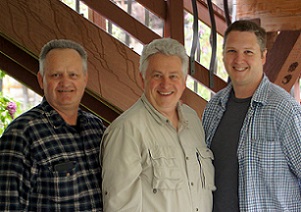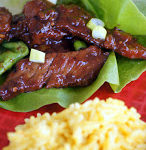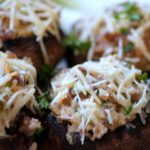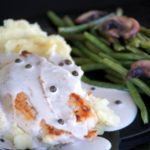Introduction
Solar ovens, or reflector ovens, are nothing more that a box, with a glass lid. The box can be lined with reflective material or painted black to retain heat. You need a glass lid that can be closed tight. You also need reflective panels that capture the sun’s rays and direct them into the oven in order to increase the heat. The more sunlight you can collect the hotter your cooking temperature will become. You also need to be able to tilt the oven in order to get more direct sunlight. You can find instructions on-line and build your own oven or you can purchase a well built , high quality oven from several retailers.
Solar Oven Basics
Solar ovens are a fun way to cook outside. Using noting more that the sun you can cook and bake almost anything. Even on a cooler day sun will heat your oven nicely. I have been out on a 40 degree day and cooked in a 325 degree oven. As long as there is enough sunlight to cast a shadow you can cook in your oven.
You will need to tilt and reposition you oven every 30 minutes or so to keep it aligned with the sun for faster cooking, or use less direct sunlight for more of a slow cooker or crock pot effect. Dark, light weight pots work best to heat quickly. Cast iron works very well. It takes longer to bring up to temperature but it retains heat much longer. Most dishes will be cooked in a pot with a lid, but you can also bake bread and rolls in normal pans. You can even hard “boil eggs” right in the carton! Most recipes take 15 – 20 minutes longer than in a conventional oven.
The nice thing with a solar oven is that they are light-weight, portable, easy to use and you can cook almost every day of the year – unless live in Seattle. Best of all, the sun is a free and unlimited source of energy. You never heat up your house and then you don’t need to use your air-conditioner to cool it back down again.
A solar oven is a great part of an emergency preparedness plan, and with a little practice your family will love the great food you prepare, right in your back yard!




